Stop wasting herbs and serving bland meals. The secret to restaurant-quality seasoning? Add delicate fresh herbs like basil and cilantro in the last 90 seconds of cooking, use dried herbs at one-third the volume of fresh, and pair rosemary with lamb to reduce oxidation. These three immediate actions alone will transform your dishes from forgettable to phenomenal while cutting herb waste by up to 70%.
Unlike generic guides that offer vague "add to taste" advice, this practical guide delivers precise timing, measurements, and scientifically proven pairings specifically for time-pressed home cooks. You'll learn exactly when to add each herb, how much to use, and which combinations actually work based on flavor chemistry—no culinary degree required.
Table of Contents
- 3 Immediate Herbal Seasoning Fixes You Can Do Tonight
- When to Add Herbs for Maximum Flavor (Exact Temperatures)
- Proven Herb & Food Pairings Cheat Sheet
- Storage Methods That Make Herbs Last 3x Longer
- 4 Costly Mistakes Wasting Your Herb Budget
- Frequently Asked Questions
- Why This Works: The Simple Science Behind Perfect Seasoning
3 Immediate Herbal Seasoning Fixes You Can Do Tonight
- Add delicate fresh herbs at the end: Stir in basil, cilantro, and parsley during the last 90 seconds of cooking. Their flavor compounds evaporate above 185°F (85°C).
- Use dried herbs sparingly: Replace fresh herbs with one-third the amount of dried (1 tsp dried = 1 tbsp fresh). Overuse causes bitterness.
- Pair rosemary with fatty meats: The carnosic acid in rosemary reduces oxidation in lamb and pork while enhancing umami.
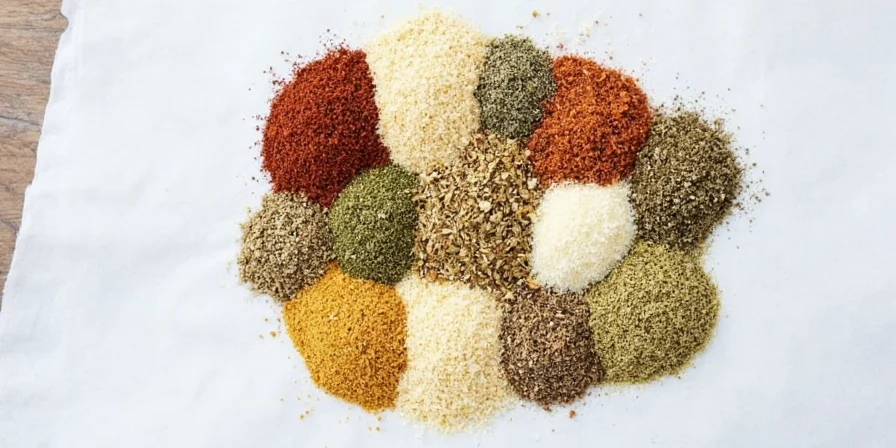
When to Add Herbs for Maximum Flavor (Exact Temperatures)
Timing determines 80% of your seasoning success. Follow these precise guidelines based on herb type:
- Delicate herbs (basil, cilantro, parsley): Add during final plating. Their volatile oils degrade above 185°F (85°C).
- Semi-hardy herbs (dill, mint, chives): Add in the last 5 minutes of cooking. Degrade between 185-212°F (85-100°C).
- Hardy herbs (rosemary, thyme, oregano): Add at beginning of cooking. Release flavor compounds slowly between 212-300°F (100-149°C).
Pro tip: Sauté hardy herbs like sage in oil at medium-low heat (325°F/163°C) to extract flavors without scorching. Never add fresh dill before final plating—it degrades in 90 seconds.
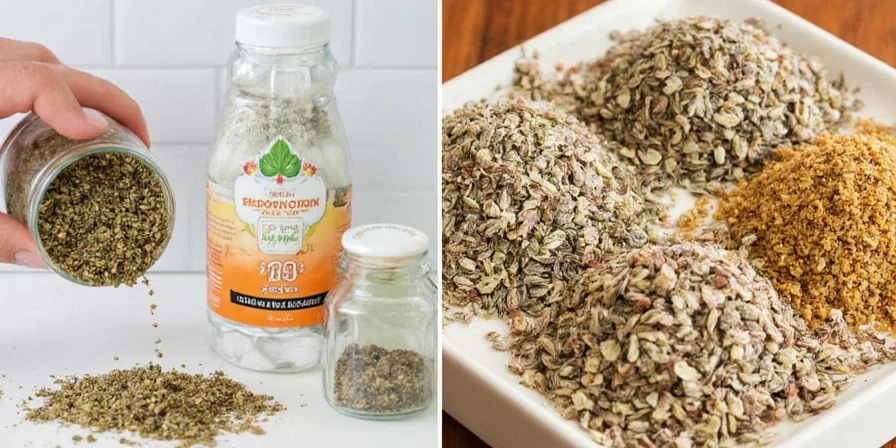
Proven Herb & Food Pairings Cheat Sheet
Stop guessing which herbs work with which foods. These pairings are backed by flavor chemistry:
| Herb | Best Pairings | Why It Works |
|---|---|---|
| Basil | Tomatoes, mozzarella, pasta | Enhances tomato umami; add only at the end |
| Thyme | Chicken, potatoes, lentils | Binds to proteins during slow cooking |
| Rosemary | Lamb, pork, focaccia | Reduces oxidation in fatty meats |
| Dill | Salmon, yogurt, cucumbers | Neutralizes fishy odors effectively |
| Cilantro | Tacos, curries, Thai dishes | Amplifies citrus; avoid with dairy |
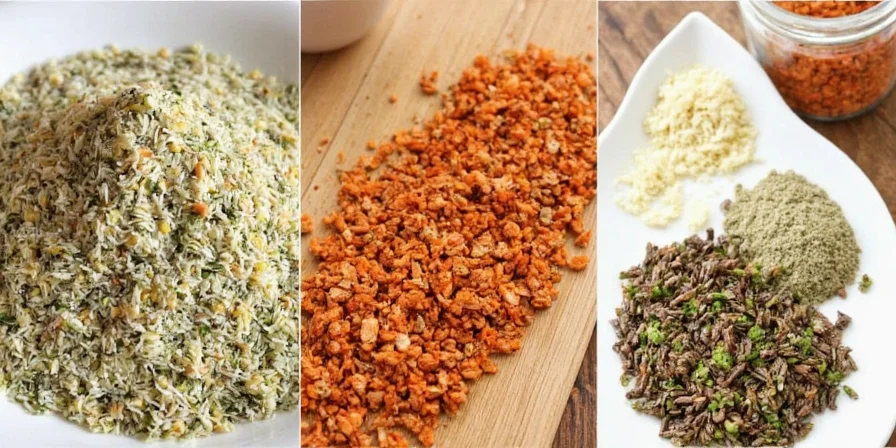
Storage Methods That Make Herbs Last 3x Longer
Preserve your herbs with these practical methods that actually work:
- Fresh herbs in water: Store basil at room temperature in filtered water (not the fridge). Cover loosely with perforated bags.
- Freezing hack: Blend cilantro with lime juice in oil cubes—thaw directly into hot dishes to prevent oxidation.
- Drying properly: Hang rosemary upside-down in complete darkness to preserve terpenes.
- Reviving wilted herbs: Submerge in ice water with 1 tsp vinegar for 8 minutes to restore freshness.
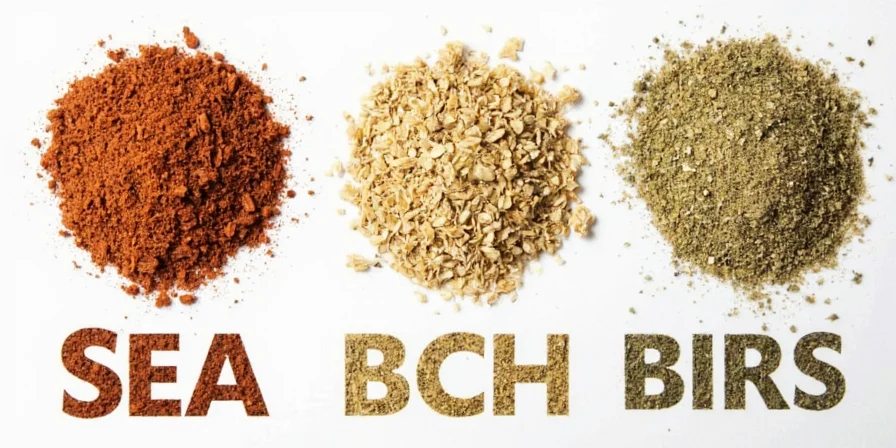
4 Costly Mistakes Wasting Your Herb Budget
Avoid these common errors that waste 30% of home cooks' herb investments:
- Overusing dried herbs: They're 3x more concentrated than fresh. Use ⅓ the volume (e.g., 1 tsp dried = 1 tbsp fresh).
- Adding fresh herbs too early: Delicate leaves like basil lose flavor below 185°F (85°C)—add only during final plating.
- Mixing conflicting flavors: Mint overwhelms savory dishes; reserve it for fruit or lamb where it balances fat.
- Throwing away stems: Rosemary and thyme stems add depth to stocks—freeze scraps for instant broth base.
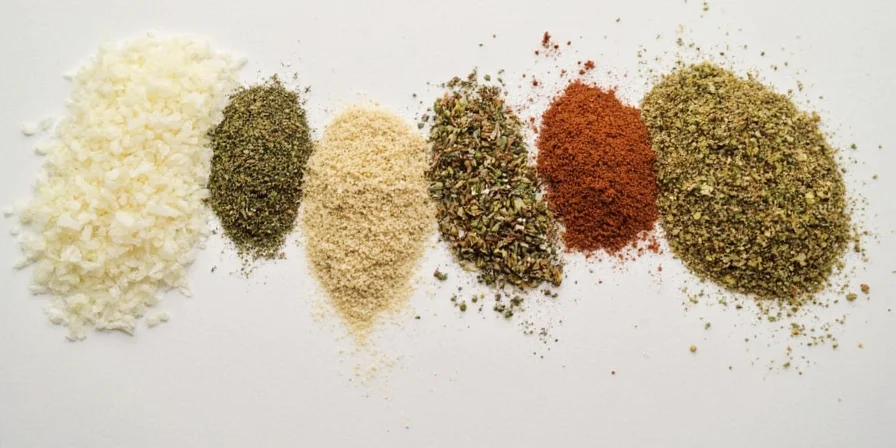
Frequently Asked Questions
Can I substitute dried herbs for fresh in baking?
Dried herbs work poorly in most baked goods due to uneven moisture distribution. Use fresh, finely minced herbs for consistent flavor. Exception: rosemary in focaccia—dried provides more controlled pine notes.
How do I know if dried herbs have lost potency?
Rub between palms: if aroma is faint after 10 seconds, potency has dropped below 50%. Properly stored dried herbs last 18 months; exposure to light cuts this to 6 months.
Why do some recipes add herbs at different cooking stages?
Timing correlates with compound volatility. Delicate oils (basil) require late addition; robust terpenes (thyme) need 20+ minutes simmering to fully release. Never add fresh dill before final plating—it degrades in 90 seconds.
Can herb stems be used in cooking?
Hardy stems (rosemary, thyme) add depth to stocks—simmer 45+ minutes. Tender stems (cilantro, parsley) work in sauces when finely chopped. Always remove woody stems before serving.
Why This Works: The Simple Science Behind Perfect Seasoning
The secret to perfect seasoning isn't complexity—it's understanding three key principles: timing determines 80% of flavor success, portion control prevents waste, and proper pairings create natural flavor harmony. By implementing just the first three tips from this guide, you'll immediately notice more vibrant flavors while extending your herb supply. Start with one technique tonight—add delicate fresh herbs during the last 90 seconds of cooking—and experience the difference in your next meal. Consistent, restaurant-quality results are simpler than you think.

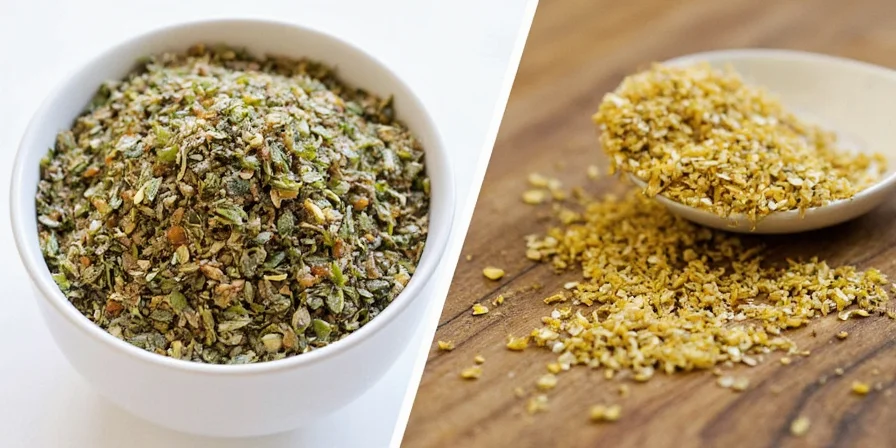









 浙公网安备
33010002000092号
浙公网安备
33010002000092号 浙B2-20120091-4
浙B2-20120091-4